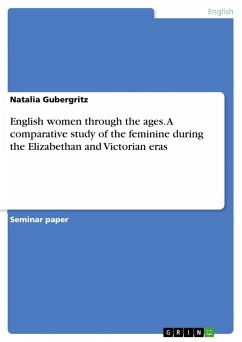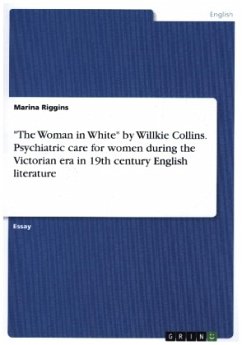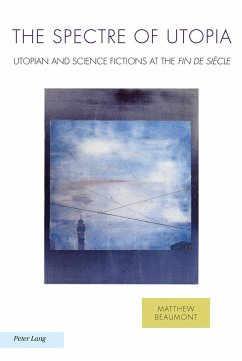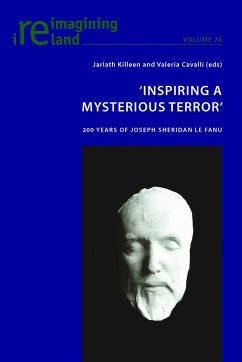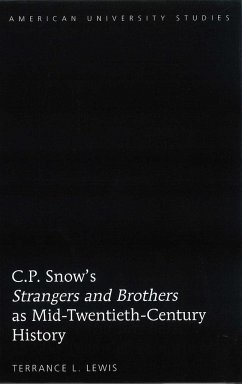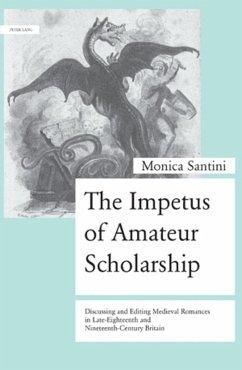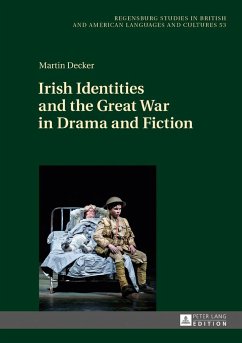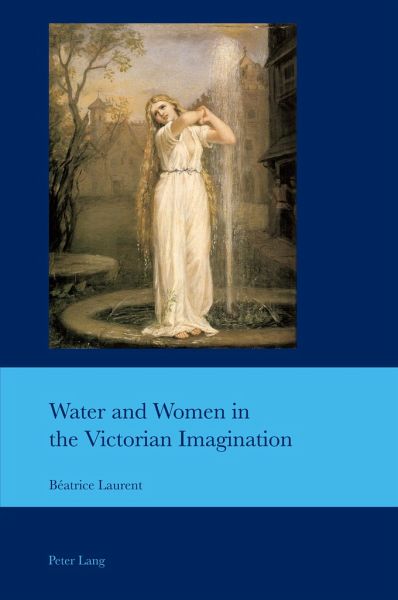
Water and Women in the Victorian Imagination
Versandkostenfrei!
Versandfertig in 6-10 Tagen
66,20 €
inkl. MwSt.
Weitere Ausgaben:

PAYBACK Punkte
0 °P sammeln!
During the Victorian period, naturally wet spaces - marshland, rivers and the sea - were construed as feminised loci, articulating contrasted visions of Woman as the angelic Undine or the demonic Siren. This essentialised the concept of feminine fluidity at the same time as it supported the construction of a standard masculinity defined by stability. The conundrum of solidity versus liquidity created a dialectical bond which was often one of subjection: water had to serve matter. It had to be purified, tamed and channelled to become an available and reliable commodity.The facts, objects, texts...
During the Victorian period, naturally wet spaces - marshland, rivers and the sea - were construed as feminised loci, articulating contrasted visions of Woman as the angelic Undine or the demonic Siren. This essentialised the concept of feminine fluidity at the same time as it supported the construction of a standard masculinity defined by stability. The conundrum of solidity versus liquidity created a dialectical bond which was often one of subjection: water had to serve matter. It had to be purified, tamed and channelled to become an available and reliable commodity.
The facts, objects, texts of fiction and non-fiction, art and other visual sources presented in this volume may seem to share nothing other than their concerns with water and women in nineteenth-century Britain. Yet, by juxtaposing the figures of Ophelia and the Mermaid, scenes of shipwrecks, accounts of hydrotherapy cures, acts of Parliament on sanitation, and other material, the author argues that these various and apparently unrelated texts converge towards a central mythical figure, the «water woman».
The facts, objects, texts of fiction and non-fiction, art and other visual sources presented in this volume may seem to share nothing other than their concerns with water and women in nineteenth-century Britain. Yet, by juxtaposing the figures of Ophelia and the Mermaid, scenes of shipwrecks, accounts of hydrotherapy cures, acts of Parliament on sanitation, and other material, the author argues that these various and apparently unrelated texts converge towards a central mythical figure, the «water woman».





